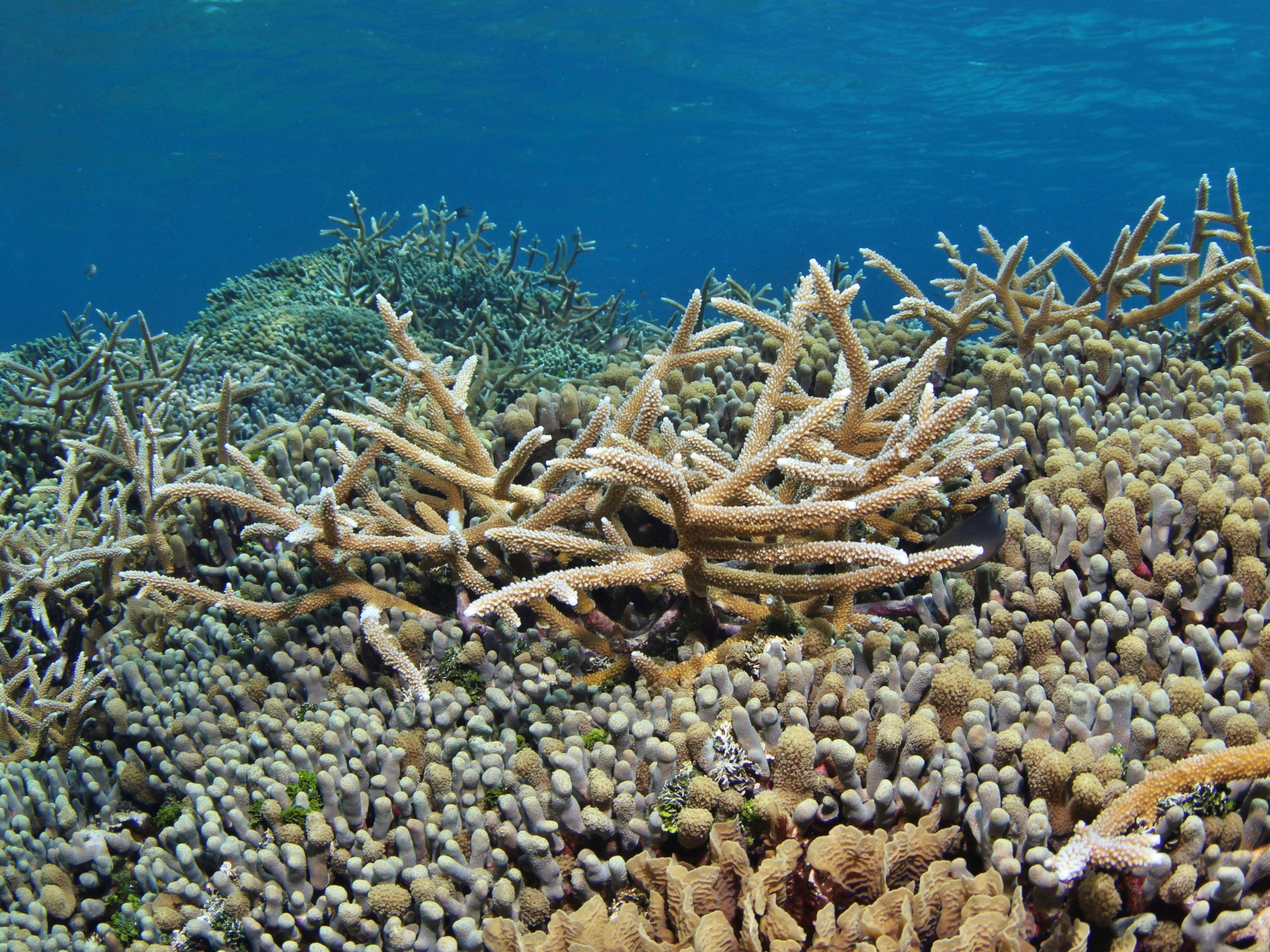Yesterday, we started talking about management. If we’re going to help communities protect their coral reefs, then we need to help them build effective management programs. But management costs money. According to preliminary results from Dr. David Gill, many marine protected areas (MPAs) have inadequate staffing and financial resources for management activities and this could be affecting their ecological performance.

Thankfully, at this year’s International Coral Reef Symposium (ICRS), we learned about various creative conservation financing mechanisms being developed and implemented around the world.
Our favorite example is from Roatan Marine Park (RMP) in Honduras (note: we may be a bit biased!). Jenny Myton, our Associate Programs Director for the Mesoamerican region, presented on their model this afternoon.
In 2009 we helped RMP develop a business plan. From that plan, they’ve become 100% self-sustaining financially. They’ve created merchandise shops that bring in a third of their total revenue, and another third comes from the sale of voluntary dive tags.

As you may have read in a previous blog post, in 2015 we gave RMP a $12,000 grant to hire a sustainable finance coordinator. They’ve since multiplied that amount astronomically, covering the costs of the position for the next several years as well as an expansion of marine park patrols to new areas.
The example from RMP demonstrates that if we invest smartly and efficiently in building local management entities, we can help communities autonomously manage their resources in the long-term. Together, we can help empower communities to protect their coral reefs.
